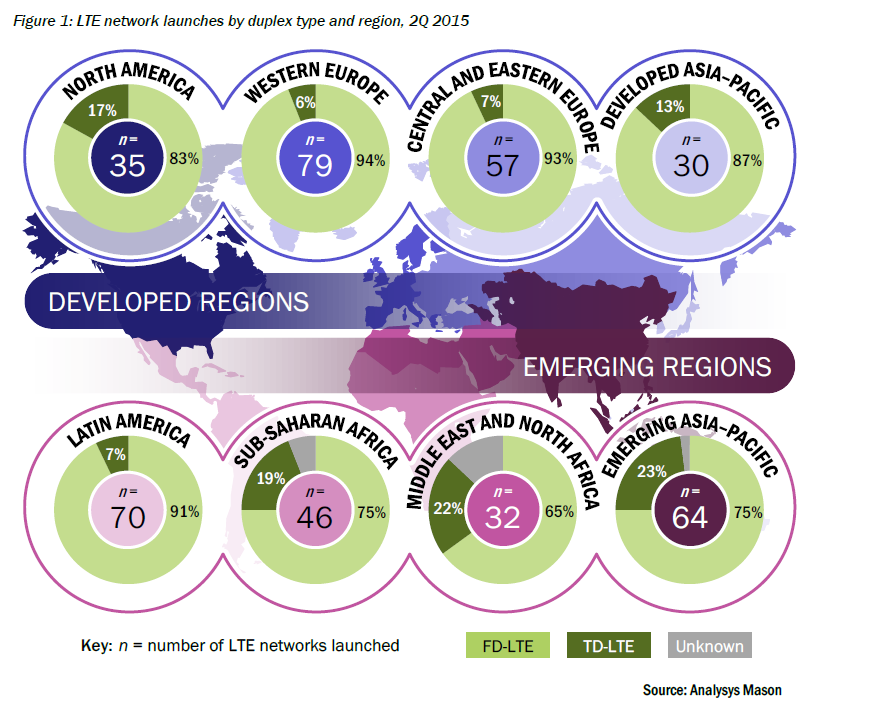While the commercial UE's (class 3) transmit at +23dBm (max 200mW), the Public Safety people intend to use class 1 UE transmitting +31 dBm (max 1.25W). It was felt that this feature could be beneficial for some TDD bands that do not have to worry about backward compatibility. One such band, pushed by Sprint was TDD Band 41 (2500MHz). As this band is for the commercial UE's, instead of class 1, class 2 power at +26dBm (max 400mW) was proposed.
3GPP TS 36.886 provides the following justification:
Currently, 3GPP has defined only Power Class UE 3 as the type of UE supported for TDD LTE band 41 operations. This definition was based on aligning TDD LTE Band 41 UE power classes with prior work in 3GPP related to other bands. However, it should be mentioned that 3GPP UE Power Class 3 definition (i.e. 23dBm) was mainly driven to ensure backward compatibility with prior technologies (i.e. GSM/UMTS) [2] so that network deployment topologies remain similar. Furthermore, maintaining the same power class UE definition (i.e. Class 3) as previous technologies would maintaining compliance with various national regulatory rulings, particularly in terms of SAR, for FDD LTE duplexing mode.
However, TDD LTE band 41 does not have any 3GPP legacy technologies associated with it, hence the backward compatibility consideration is not applicable in its case. Also, since band 41 is defined as a TDD LTE band, it is less susceptible to SAR levels that FDD LTE bands due to SAR definition. Therefore, defining a new UE power class with higher than 23dBm Tx power for TDD LTE Band 41 operations would not compromise any of 3GPP foundational work, while improving UE and network performance. It should also be mentioned that 3GPP has done similar work on other bands (i.e. band 14) when defining a higher power class UE, hence the concept presented in this document is a continuation of that process.
The present document carries out a feasibility analysis for defining a UE Power class 2 (i.e. 26dBm) for operation on TDD LTE band 41. The document analyses current and future technological advancements in the area of UE RF front-end components and architectures that enable such definition while maintaining 3GPP specification and other regulatory bodies' requirements. It should be emphasized that this proposal only relates to single carrier UL operations on TDD band 41 (i.e. TM-1/2 modes) without affecting current 3GPP definition for UL carrier aggregation on band 41.
Thank you to @Sprint’s global industry colleagues for your support of #HPUE #Band41 https://t.co/C9fp0ESB9S pic.twitter.com/sj22ju3i00— MarceloClaure (@marceloclaure) December 13, 2016
Iain Gillott, iGR points out that HPUE applies to Sprint’s 2.5 GHz TDD network and associated spectrum, and the company claims up to 30 percent increase in cell cover from the new technology. It should be noted that HPUE is a 3GPP standard that applies to the 2.5 GHz TDD band (Band 41) and is also to be used by China Mobile and Softbank. HPUE was developed as part of the Global TDD LTE Initiative (GTI) which includes Qualcomm Technologies, Samsung, ZTE, Broadcom, MediaTek, Skyworks Solutions, Alcatel, Motorola, LG and Qorvo... The cool part: the improvement in coverage comes from simply improving the device uplink power. So Sprint, China Mobile and Softbank will not have to visit their cell sites to make changes; they just need 2.5 GHz TDD devices with HPUE to get the benefit.
Milan Milanović recently wrote about Sprint’s Gigabit Class LTE network goes live in New Orleans. One of the questions I had was why is the uplink so rubbish as compared to downlink. He kindly pointed out to me that this is TDD config 2
If you are wondering what is TDD Config 2, see the pic below@zahidtg @Wade4Wireless TDD Config 2. With HPUE not much choice, maybe 64QAM, but that’s it.— Milan Milanović (@milanmilanovic) March 12, 2017
Wrote about that here: https://t.co/4ZJCH40k8j
Sprint expects HPUE to appear in postpaid devices starting in 2017, including new devices from Samsung, LG, HTC, and Moto. It’s expected that all of Sprint’s new devices will have HPUE support within the next two years.
I think it would be interesting to see how this impacts when there are a lot more users and devices. I am quite sure there will be more requests for HPUE in further TDD bands.
Related Links:
- Sprint’s Gigabit Class LTE network goes live in New Orleans
- Breakthrough HPUE Innovation to Benefit TDD-LTE Networks Worldwide - Sprint
- Understanding HPUE: An iGR Opinion
- 3GPP TR 36.837: Public safety broadband high power User Equipment (UE) for band 14
- 3GPP TR 36.886: Evolved Universal Terrestrial Radio Access (E-UTRA); Band 41 High Power UE (HPUE)































